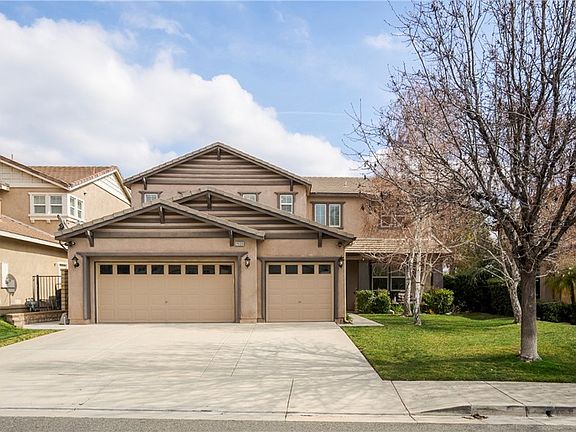HomeLight’s vision is a world where every real estate transaction is simple, certain, and satisfying. We build software and provide services to home buyers, sellers, and real estate agents.
Caroline Feeney is the Senior Managing Editor at HomeLight where she oversees the Seller Resource Center, a blog featuring hundreds of in-depth articles that tackle every step of the home sale process. Previously she served as an editor for real estate industry publication Inman News and co-authored a book on real estate leadership. The Midwest native holds a master’s from the Missouri School of Journalism and was formerly a real estate contributor for Forbes.
- Share on LinkedIn
- Share by Email
- Save to Pinterest
At HomeLight, our vision is a world where every real estate transaction is simple, certain, and satisfying. Therefore, we promote strict editorial integrity in each of our posts.
When you bought a house with less than 20% down, your mortgage lender tacked on the extra cost of private mortgage insurance (PMI) as a standard precaution.
But you’re confident that your house is worth more today than when you purchased it, leading you to wonder: Can I cancel PMI if my home value increases? When does PMI go away? Whether your individual mortgage qualifies for PMI removal will depend on factors like how much you still owe on the loan and your payment history.
However, home equity is rising at a swift pace. In Q3 2021 alone, a report from CoreLogic shows that homeowners with mortgages saw an equity increase of nearly 30% year-over-year, or an average $51,500 per borrower.
In light of this trend, now would be a good time for many borrowers to see if they qualify for PMI cancellation. A higher equity stake in your home can lower the perceived risk of your mortgage and in some cases speed up the path to PMI removal.
And because PMI can add tens of thousands of dollars in housing costs over the life of a loan, it’s important to consider taking steps to remove PMI as soon as you’re eligible.
Can You Cancel PMI? Check Your Home Value
Enter a few details about your property and we’ll provide you with a home value estimate in less than two minutes. This won’t replace an appraisal, but it can help you run some preliminary math on your approximate LTV.
What is PMI?
PMI is usually required when you obtain a conventional mortgage and make a down payment of less than 20%. (The term conventional refers to a loan that’s not part of a government program).
If – for any reason – you’re unable to keep up with your mortgage payments and the property goes into foreclosure, PMI will help to cover the lender against losses.
Most homeowners who carry PMI have borrower-paid private mortgage insurance, which they https://www.availableloan.net/loans/im-in-desperate-need-of-a-loan-with-bad-credit/ pay as an additional monthly fee with their mortgage.
According to data from the National Association of Realtors, the typical down payment in 2020 was 13%. On average, first-time buyers put down 7%, while repeat buyers put down 17%.
In other words, you’re not alone in paying PMI. It’s incredibly common. Sometimes paying PMI as an extra monthly charge is well worth the ability to buy a home before you can afford 20% down.
The cost of PMI typically ranges from 0.5%-1% of your loan amount annually (though it can be higher or lower depending on your loan-to-value ratio).
What is loan-to-value ratio?

LTV expresses the amount of your mortgage’s principal balance compared to the purchase price of the home. Lenders use LTV to measure their perception of a loan’s risk, including when a borrower is eligible to cancel PMI.



